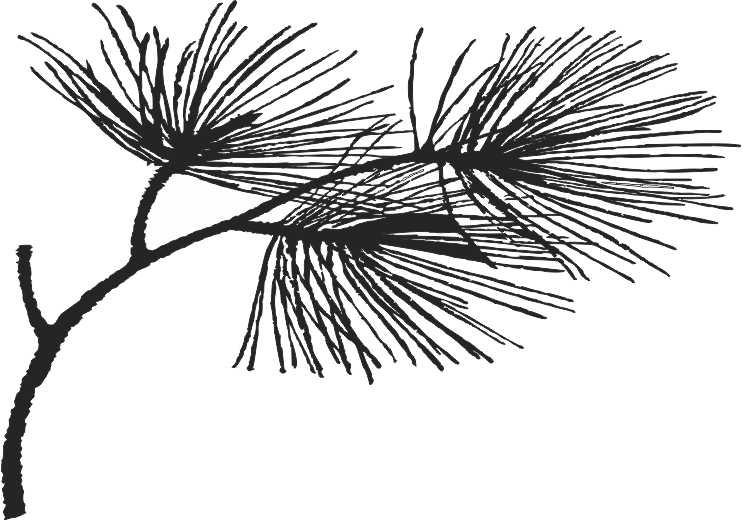The Lowy Medical Research Institute houses its own dedicated laboratory space, where research is focused entirely on Macular Telangiectasia type 2. LMRI scientists are working to understand MacTel pathology on a cellular level.
Scientists at LMRI are working directly with cells that MacTel patients have donated for research. Participants in the MacTel Project donate blood for scientific research. From patients’ blood, it is possible to collect cells that can be converted into stem cells. These stem cells are referred to as “induced pluripotent stem cells,” or iPSC. The iPSC are no longer blood cells, rather, they are cells that can be can be coaxed into many different cell types. This is a valuable research tool because it allows scientists to study retinal cells from patients with MacTel, without actually having to collect retinal cells from patients.
The iPSC are differentiated into the retinal cell types affected by MacTel: retinal pigment epithelium (RPE), Müller glia, and neurons. LMRI also studies skinP cells collected from patients. Scientists look for differences between patients’ cells and cells from unaffected donors, which can provide clues to disease. This will help elucidate the cause of MacTel and influence therapeutic design.
The group uses patient-derived cells, as well as tissues and cells derived from MacTel animal models, to study metabolic function in MacTel specifically, and the retina in general. Scientists are studying the metabolic profile of cells from MacTel patients to determine if MacTel could be caused by a general metabolic defect. They are determining how each retinal cell type uses and passes along energy and cellular building blocks. By following the how energy is used in the retina, they will understand how a mutation in one cell type could affect the others, another potentially important clue in understanding MacTel.

